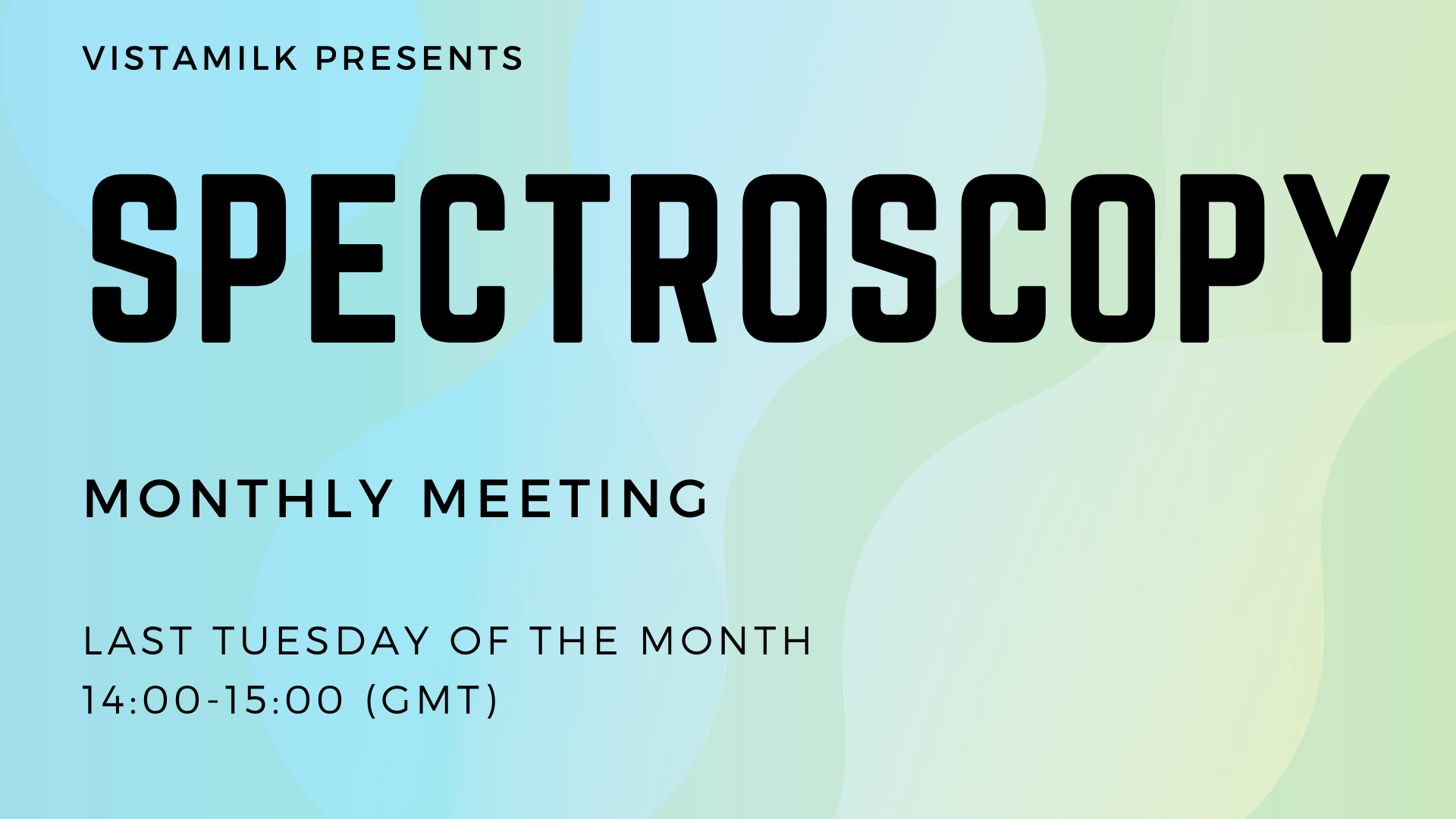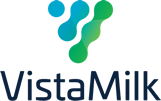
Spectroscopy is the study of the absorption and emission of light and other radiation by matter. Different instruments exist which use different light regions, like mid-infrared spectroscopy or near-infrared spectroscopy. These monthly meetings focus on presenting the novelties of this sector, from the utilization of novel statistical methods, to the equations to predict novel traits. In particular this group focuses on latest research in agriculture, from the analyses of soil, to food, passing through grass, and milk and animal traits predictions.
The meetings are online, on the last Tuesday of each month, from 14.00 to 15.00 GMT.
2 publications have been produced following the annual workshops, click here to view
Past meetings
| Date | Speaker | Affiliation | Presentation title |
|---|---|---|---|
| 26th of September 2023 | Dr. Clément Grelet | Researcher at Walloon Agricultural Research Centre (Belgium) | “Real field use of developed IR models, quality aspects and key factors for reliable predictions: example of milk MIR spectra”. Watch the recorded meeting here. |
| 30th of May 2023 | Dr. Szymon Urbas | Research officer at UCD (Ireland) | “Accurate and reliable predictions from spectral data using Bayesian partial least squares with agri-food applications”. Watch the recorded meeting here. |
| 31st January 2023 | D. Marina De Gea Neves | Postdoctoral researcher at University of Duisburg-Essen | “Practical NIR applications to solve industrial demands and daily problems: Chemometrics, a powerful tool!”. Watch the recorded meeting here. |
| 29th Nov 2022 | Francois Stevens | Walloon Agricultural research centre, Belgium | The contribution of the method of visualisation “t-SNE” to the analysis of data from vibrational spectroscopy. – Watch the recorded meeting here. |
| 31st May 2022 | Agnieszka Konkolewska | MSCA Research Fellow at Teagasc (Oak Park) | “Predictive Modelling in Perennial Ryegrass Breeding.” – Watch the recorded meeting here. |
| 29th March 2022 | Giovanni Buonaiuto | PhD student in Veterinary Science, University of Bologna | “Application of Near Infrared Spectroscopy to predict detailed composition of Total Mixed Ration and rumen fluid” – Watch the recorded meeting here. |
| 22nd February 2022 | Dr. Felipe Bachion de Santana | Teagasc | “Vibrational spectroscopy in tandem with chemometrics/machine learning can be used for soil analysis” – Watch the recorded meeting here. |
| 25th January 2022 | Dr. Alessandro Ferragina | Teagasc | “FT-MIR predictions and genetic study of milk technological properties” – Watch the recorded meeting here. |
| 30th November 2021 | Dr. Saeed Shadpour | University of Guelph, Canada | “Predicting dry matter intake and methane emission in Canadian Holstein dairy cattle using milk MIR data and artificial neural networks” – Watch the recorded meeting here. |
If you are interested in being added to the group mailing list, and to be updated on the future events, please contact maria.frizzarin@ucdconnect.ie

